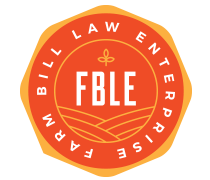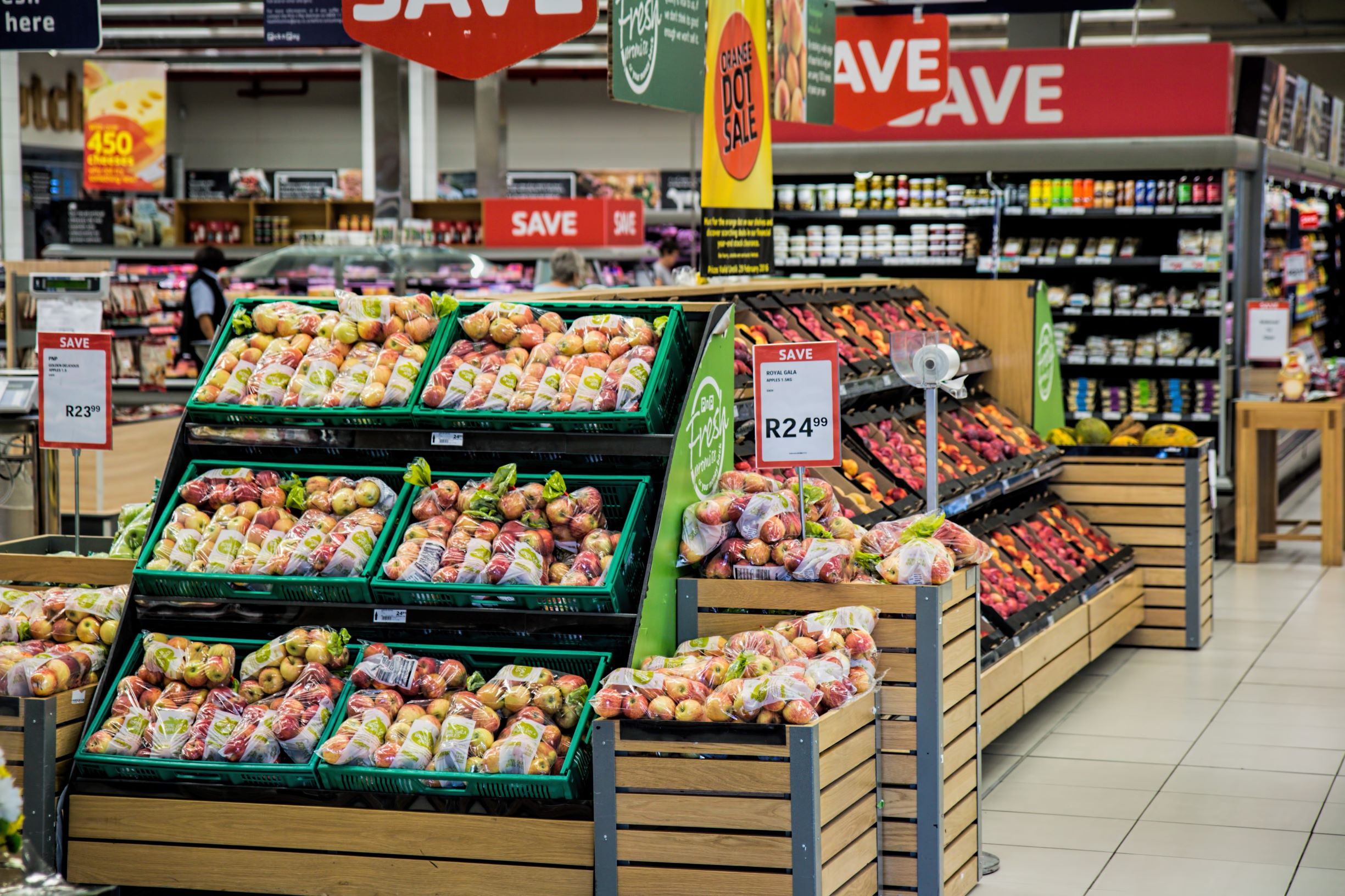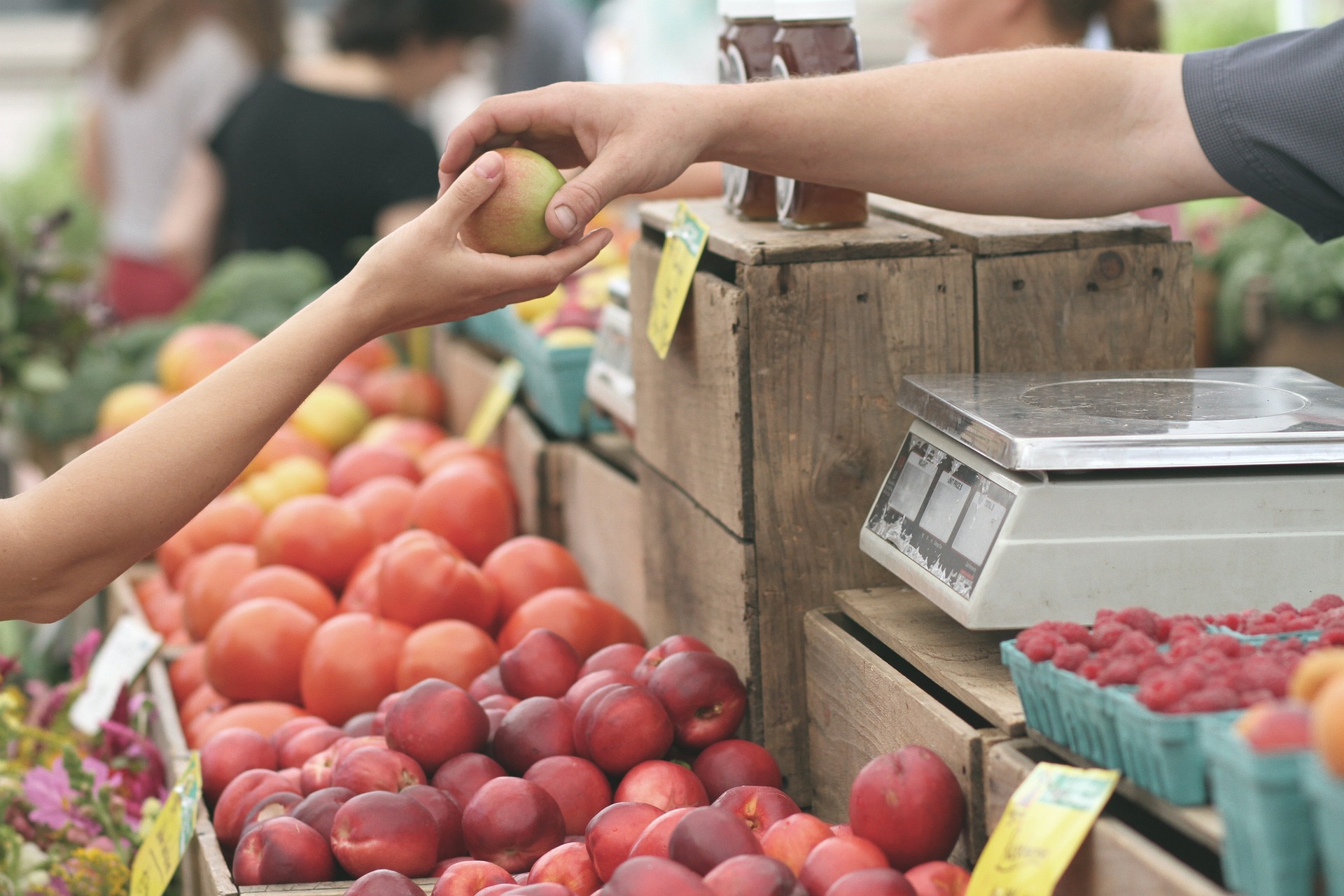Grace Huddleston is a law student in the HLS Food Law & Policy Clinic and a guest contributor to this blog.
The SNAP proposal in H.R. 8467, Section 4129, the most recent House version of the 2024 Farm Bill, would implement research-oriented programs to commence over the next several years with the goal of gathering data to better understand the efficiency and effectiveness of SNAP. These research topics include “a biennial study of SNAP purchases, a report on the food security and diet quality of SNAP participants and nonparticipants, and a study of the hot foods prohibition to inform a potential pilot program to allow hot foods.” The hot foods prohibition research is to be conducted by the National Academies of Sciences, Engineering, and Medicine, with the goal of assessing the efficacy of allowing hot foods to be purchased with SNAP benefits. If Congress implements these research initiatives, there will be an opportunity for SNAP to be more responsive to recipients’ needs, but only if these research resources are used effectively. Providing this independent research could help strengthen the rights of shoppers who are SNAP eligible, make SNAP more attuned to the individuals who rely on the program, and mitigate some of the arbitrary and paternalistic restrictions currently in place.
Let’s start with the big picture. This research-oriented approach will generate data on the effectiveness of SNAP programs and allow program administrators to be responsive to the needs of shoppers who are SNAP eligible. As SNAP faces the threat of a $30 billion budget cut within this same proposed 2024 Farm Bill, securing research that demonstrates the importance and effectiveness of the program, while also making it more efficient, may prove crucial to protecting it in the future.
USDA recently published new data on the state of food insecurity in the United States which revealed that it has increased over the past year. The conversation around the future of SNAP, and whether it will be made more accessible or severely cut, is occurring in the context of rising hunger domestically.
Granularly, the research topics may help challenge assumptions about spending by shoppers who are SNAP eligible and provide the groundwork for increasing autonomy. For example, research into hot food may help increase consumer choice. As of now, shoppers who are SNAP eligible are barred from purchasing most “prepared foods and heated foods.” This category can be shockingly broad. For example, rotisserie chickens, cooked hot vegetables, and soups are excluded from SNAP. This policy places additional burdens on shoppers who are SNAP eligible, who are not allowed to make the decision to purchase prepared foods when they are time limited and trying to feed themselves and their families.
This study will be especially important in the context of the Hot Foods Act of 2023, which was introduced by Representative Meng of New York with the intent to include it in the farm bill. This bill would remove the hot food restrictions and allow shoppers who are SNAP eligible flexibility and choice. The Hot Foods Act is ripe for bipartisan support, with Representative Scott of Georgia indicating that he would support SNAP use for items like rotisserie chicken.
Passing the Hot Foods Act and implementing the study through the farm bill will allow shoppers who are SNAP eligible to use their autonomy to make the best decisions for themselves and their families. Benefits policy analysts have long argued that this bill is crucial to dismantling the inequities baked into programs like SNAP. The time saved from cooking will be a significant benefit and will begin to lessen the time tax often faced by individuals who receive public benefits, including SNAP. By removing these restrictions, allowing hot foods to be purchased through the farm bill takes an important step in promoting access to healthy food options for more individuals. Shoppers who are SNAP eligible will finally be allowed the same choices as every other consumer, giving them autonomy to make healthy decisions based on their personal circumstances.
The other proposed studies could also have significant impacts on the health of shoppers who are SNAP eligible and shoppers who are not SNAP eligible alike. The food security study would ideally generate data to allow SNAP to be more attuned to where there are gaps that the federal government can fill. There is existing USDA research that “SNAP households and non-SNAP households purchased similar foods,” so future studies should not just look at diet quality between these two groups, but rather how this shopping research can support initiatives to increase access to healthy food options for all. Demonstrating these needs through data will also be vital in demonstrating why the threatened $30 billion cut would be catastrophic to both shoppers who are SNAP eligible, as well as detrimental to shoppers who are not SNAP eligible.
The proposed farm bill includes exciting new research frontiers that will start to build a body of data on access to food in the United States. This research-centered approach will hopefully be the first step in strengthening the SNAP framework, giving shoppers who are SNAP eligible greater autonomy, and protecting the funding of this program.
The views and opinions expressed on the FBLE Blog are those of the authors and do not necessarily reflect the official policy or position of FBLE. While we review posts for accuracy, we cannot guarantee the reliability and completeness of any legal analysis presented; posts on this Blog do not constitute legal advice. If you discover an error, please reach out to contact@farmbilllaw.org.


